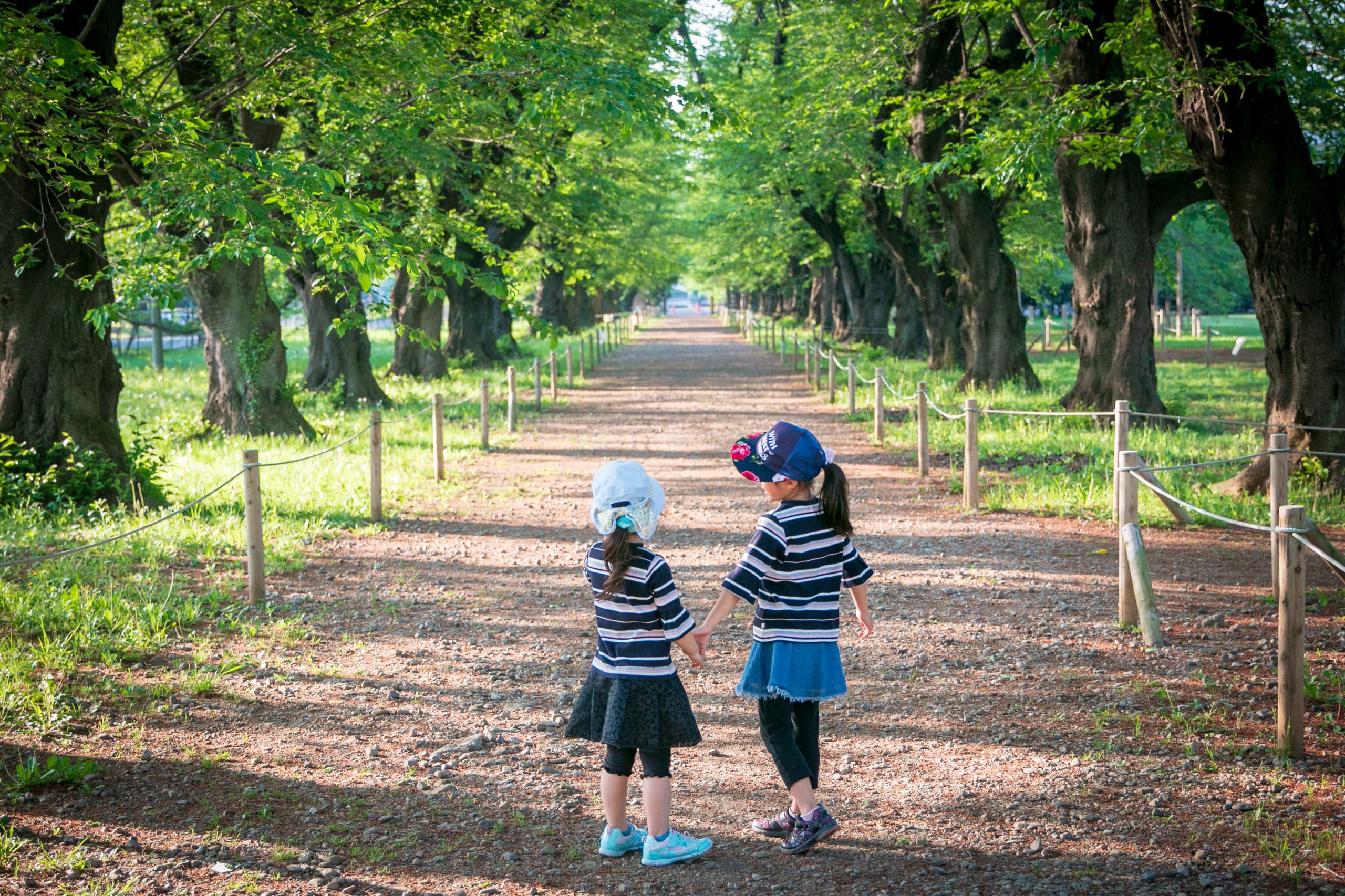Ina Clan Residence Site (Prefectural Designated Monument)
sightseeing
Ina town has a rich history still visible in the seemingly ordinary townscape of today, telling the tales of many hundred years ago. This is the site of the encampment used by the prominent leader Tadatsugu Ina, who served under the Tokugawa shogunate during the Edo period. Tadatsugu improved irrigation channels and developed rice fields, laying the foundation for the legendary Tokugawa rule that lasted 260 years. To this day, earthworks, moats, and streets remind us of the past through their names that relate to ruins of old gates, encampments, storehouses, and other historical structures. Excavations are still under process, and new finds, such as unique earth constructions made to hinder enemy troops, are being discovered, further revealing the exciting history of Ina town.
Basic Information
Location
185, Komuro, Ina Town
TEL
048-724-1055
Home page
Event Information
In November, there will be a Tadatsugu History Festival
How to get there
Public transport
10 minutes from Maruyama Station of Saitama Shintoshi public transport (New Shuttle)
Car
There are no parking lots, so please try to avoid coming with a car.
Parking
None
Other
Remarks
The historic sites include many privately owned lands, so please do not enter spaces freely. Please visit by following manners.














